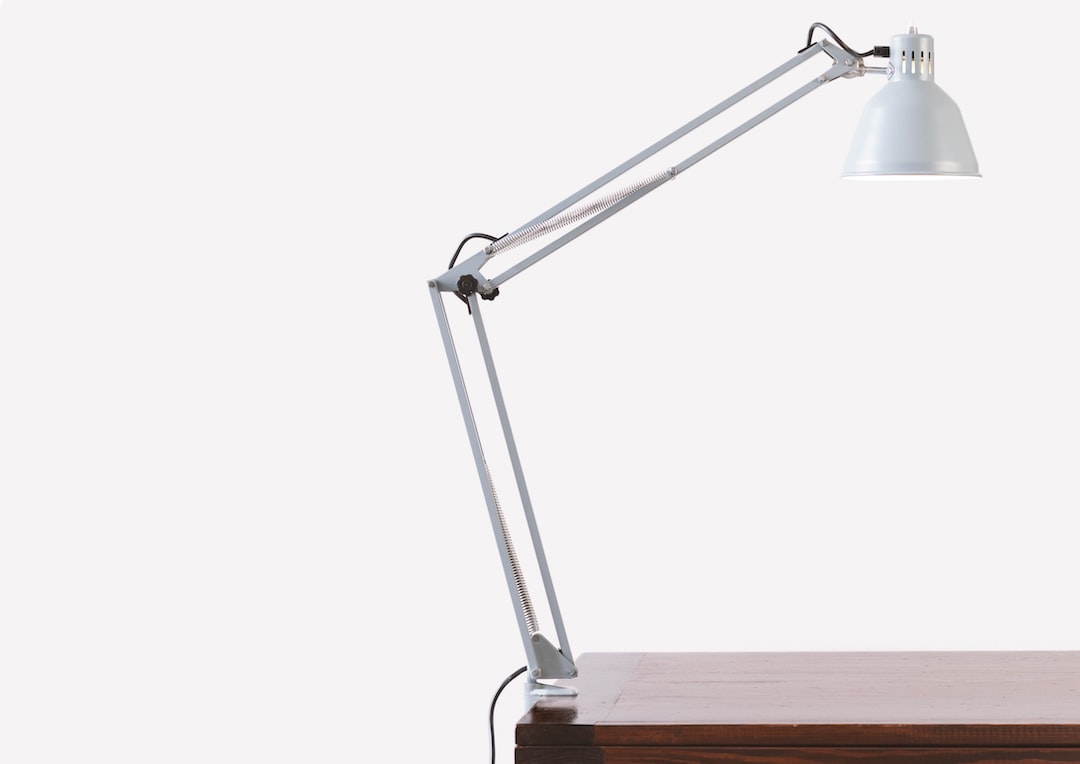Advancements in 3D Printing Technology: Reshaping Industries
3D printing, also known as additive manufacturing, has revolutionized the way objects are created by employing layer-by-layer construction. This technology has rapidly advanced over the years, reshaping industries and creating opportunities for innovation. From healthcare to aerospace, 3D printing is making its mark across various sectors. In this blog post, we will explore the advancements in 3D printing technology and its impact on different industries.
The medical field is benefitting greatly from the advancements in 3D printing technology. Surgeons can now create patient-specific models and prototypes, allowing for better planning and accuracy in complex surgeries. Customized implants, such as prosthetics and dental implants, can be created to fit individual patients perfectly, greatly improving their quality of life. Additionally, bioprinting is a rapidly emerging area where 3D printers can use living cells to create tissues and organ-like structures, holding the potential to revolutionize the field of regenerative medicine.
In the manufacturing industry, 3D printing has completely transformed the prototyping process. Instead of spending days or weeks waiting for parts to be manufactured, companies can now create prototypes in a matter of hours. This has greatly reduced both time and cost, making it easier for businesses to iterate designs and bring products to market faster. Moreover, 3D printing allows for complex geometries and intricate designs that were previously unachievable with traditional manufacturing methods, enabling more efficient and lightweight components in industries like aerospace and automotive.
Speaking of aerospace, 3D printing has revolutionized this industry as well. The ability to create complex and lightweight parts directly from digital designs has led to significant advancements in aircraft manufacturing. Components that were once assembled from multiple parts can now be created as a single piece, reducing weight and increasing efficiency. This has the potential to greatly improve fuel economy, leading to greener and more sustainable aviation. NASA has also been exploring the use of 3D printing to create tools and spare parts on-demand during space missions, reducing the need for costly and timely resupply missions.
Architecture and construction are also being reshaped by 3D printing technology. In the past, constructing architectural models and prototypes involved a labor-intensive process that could take days or even weeks. With 3D printing, architects and designers can now create intricate models quickly and easily. Additionally, 3D printers can construct large-scale structures using materials like concrete, making it possible to create complex and unique architectural designs with unprecedented speed and precision. This technology has the potential to drastically change the construction industry, enabling more sustainable, cost-effective, and personalized building solutions.
The impact of 3D printing is not limited to just these industries. It is also transforming education, allowing students to create physical objects from digital designs, enhancing their understanding of complex concepts. Art and fashion industries are leveraging this technology to create unique and customizable products, pushing the boundaries of creativity. Even the food industry is exploring the use of 3D printing to create customized dishes and personalized nutrition.
While there have been significant advancements in 3D printing technology, there are still challenges that need to be overcome. The limitations of current materials and the high cost of 3D printers are some of the hurdles that need to be addressed. However, with the increasing investments and research in this field, these challenges are expected to be gradually overcome, leading to even more widespread adoption of 3D printing.
In conclusion, advancements in 3D printing technology are reshaping industries in ways that were once unimaginable. From the medical field to aerospace, from architecture to education, 3D printing is transforming the way objects are created and opening up new possibilities for innovation. As this technology continues to advance, we can expect to see even more remarkable developments and applications in the near future. The future of manufacturing and design is being shaped by the capabilities of 3D printing, and the possibilities are truly endless.

